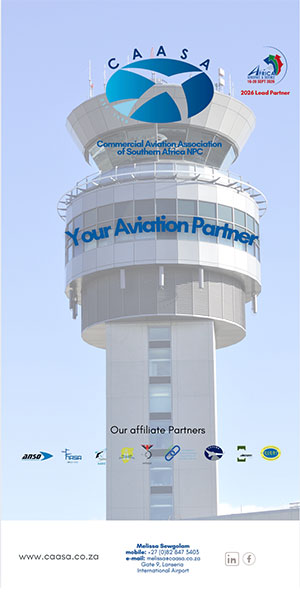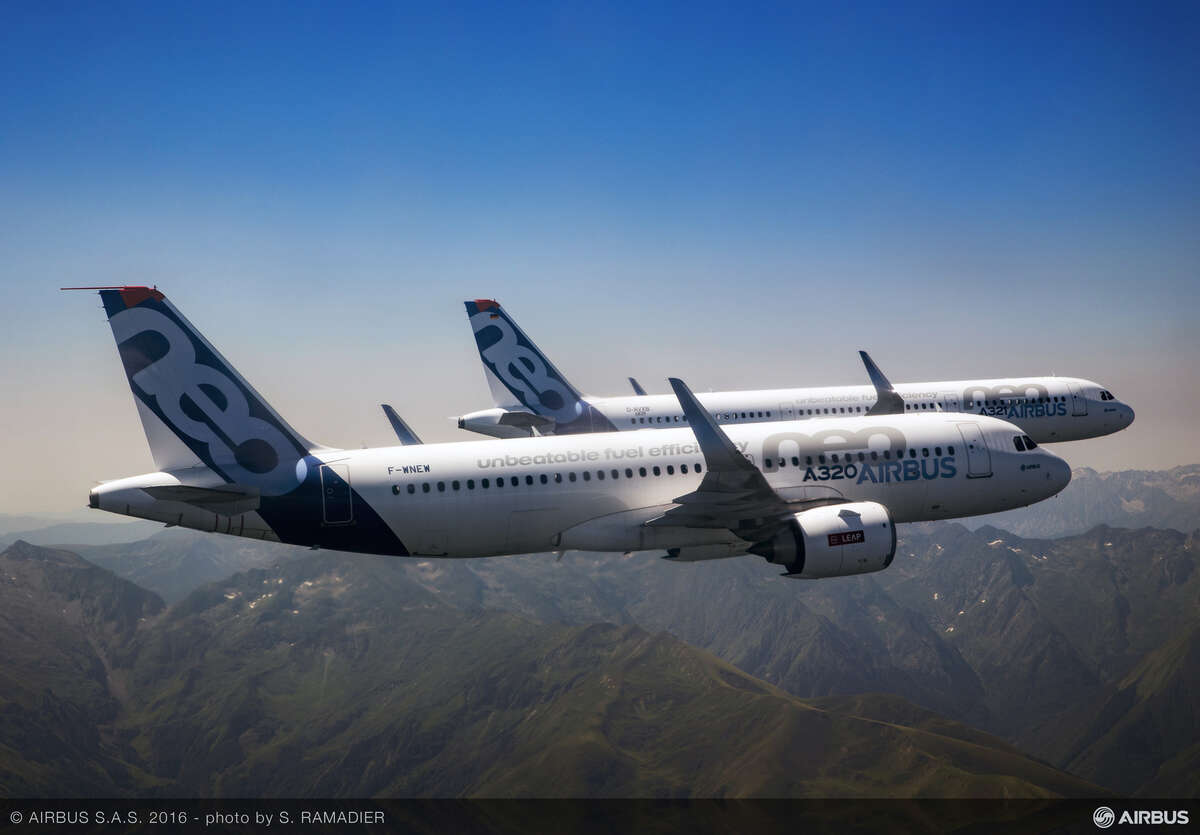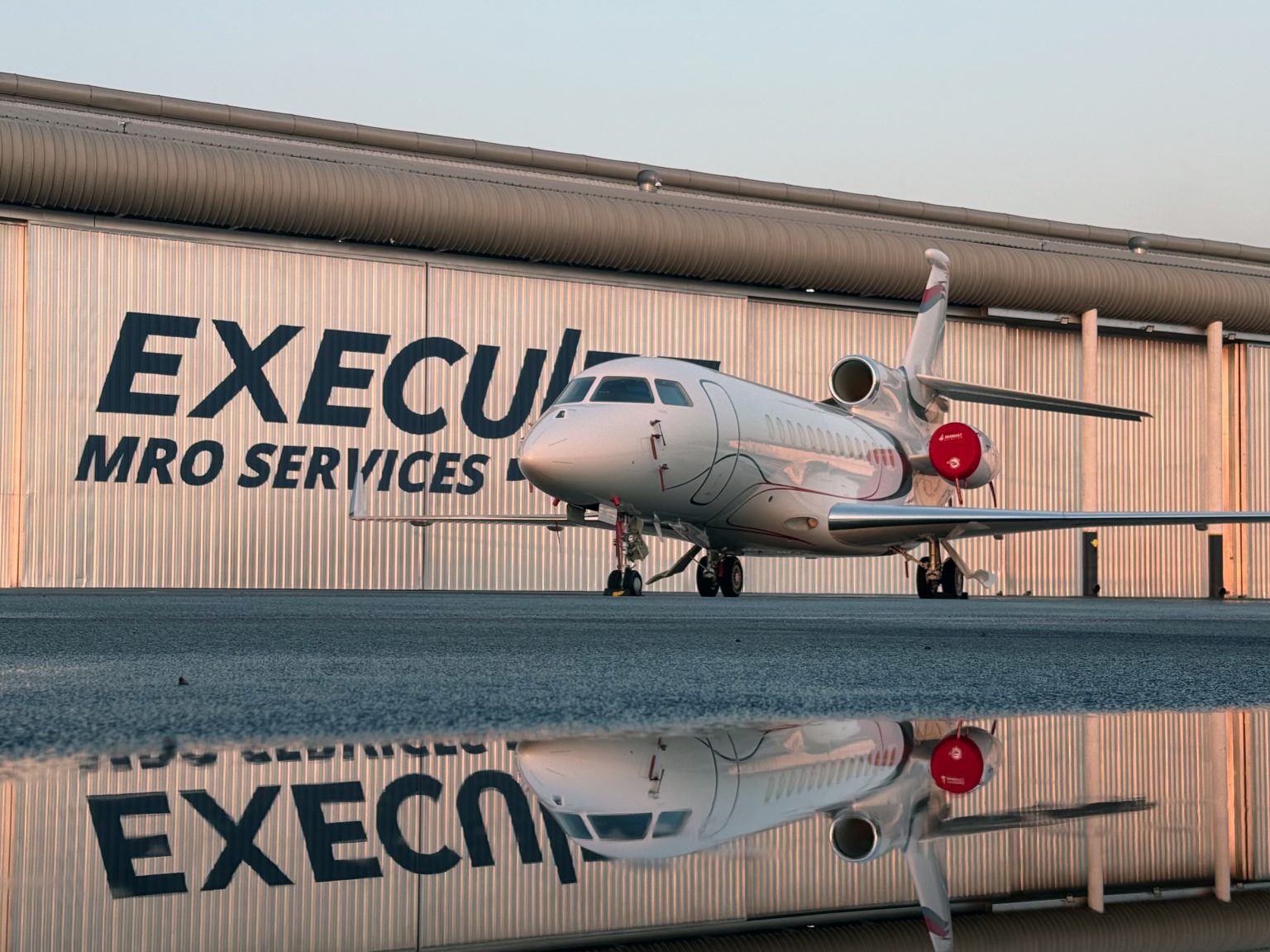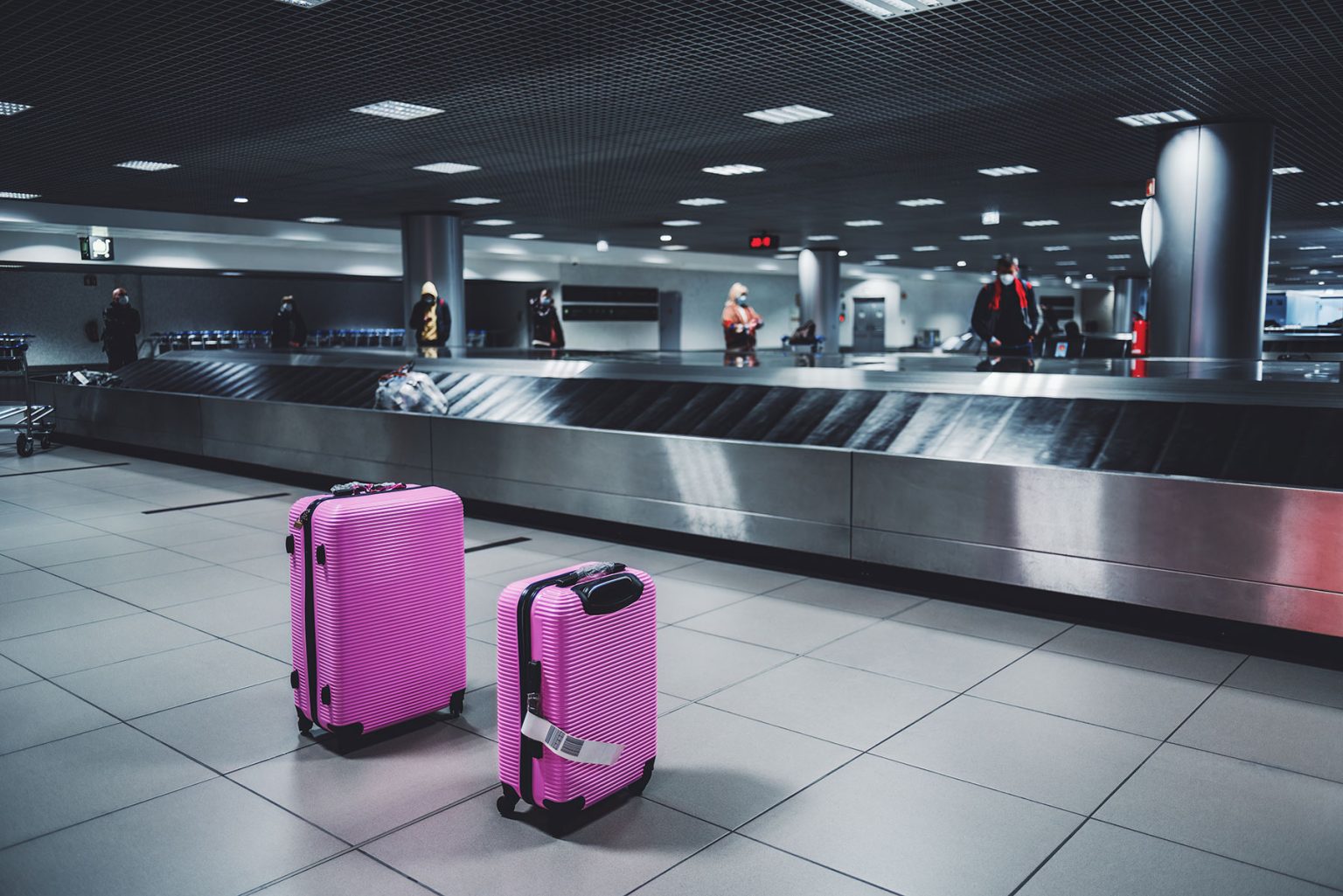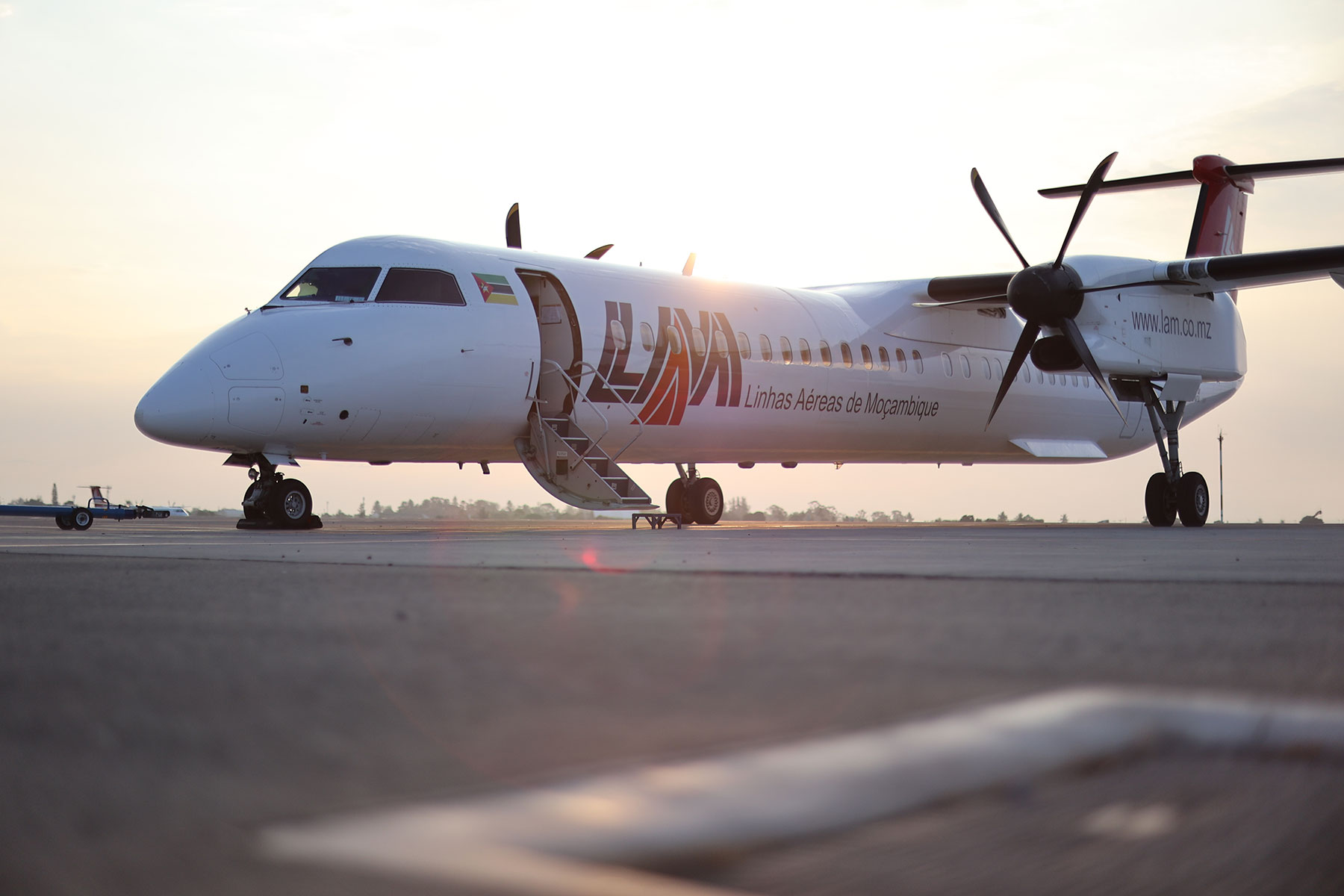Passenger traffic across Africa is projected to double to 300 million annually by 2040, with increasing interest in the continent for both business and tourism. Countries across Africa are beginning to focus on enabling this growth in travel, investing heavily in modernising and expanding airport infrastructure.
According to the International Air Transport Association (IATA), air traffic in Africa is expected to grow at an average rate of 5.7% per year through to 2034, making airport development crucial for economic growth, tourism, and regional connectivity. Below is a look at some of the most significant expansion projects across the continent, designed to increase access for travel to and from Africa.
Ethiopia is Leading the Way
Ethiopia is at the forefront with its ambitious $7.8 billion project to develop Africa’s largest airport near Bishoftu, just 40 kilometres from Addis Ababa. The new facility will have the capacity to accommodate 100 million passengers annually, quadrupling the current capacity of Bole International Airport. With four runways and a lower altitude than the existing airport, the development promises significant fuel savings for Ethiopian Airlines, one of Africa’s largest and most profitable carriers.
The first phase of the project, scheduled for completion in 2029, will accommodate 60 million passengers per year. This mega project will position Ethiopia as a key player in Africa’s growing aviation sector.
Morocco Aims to Triple Passenger Capacity
Morocco is also making considerable progress in upgrading its airport infrastructure. Casablanca’s Mohammed V International Airport, currently serving 15 million passengers annually, is set for a major expansion. With a $2.5 billion investment, the airport’s capacity will triple to 45 million passengers by 2029.
The expansion includes a new terminal, a 3,700-metre runway, and high-speed rail links, integrating the airport more deeply into Morocco’s transport network—especially relevant with the country co-hosting the 2030 FIFA World Cup alongside Spain and Portugal.
In addition, Morocco’s broader “Airports 2030” strategy aims to increase the national airport capacity from 30 million to 80 million passengers by 2030, reinforcing its role as a regional aviation hub.
Egypt: Strengthening Africa’s Busiest Airport
Cairo International Airport, Africa’s busiest airport by passenger traffic, is undergoing significant expansion. With passenger numbers projected to reach 27 million in 2024, the airport is set to construct a new terminal to accommodate an additional 30 million passengers by 2027.
The expansion will support EgyptAir’s growing fleet, which is expected to reach 97 aircraft by 2028, reinforcing Egypt’s standing as a major player in Africa’s aviation industry.
Rwanda: A New International Gateway?
Rwanda is advancing rapidly with the development of a new international airport in Bugesera, near Kigali. The $2 billion project, expected to open between 2027 and 2028, will initially accommodate 7 million passengers annually, with the capacity to expand to 14 million.
Qatar Airways is the majority partner in the project, significantly improving Rwanda’s global connectivity and encouraging economic growth through tourism and trade.
Nigeria: Expanding Capacity in Lagos and Abuja
Nigeria, Africa’s most populous nation, is expanding its aviation infrastructure to meet rising demand. A $900 million project is underway for a secondary airport in Lagos, with the capacity to serve 5 million passengers per year.
Meanwhile, the Federal Government of Nigeria is inviting European firms to support the construction of a second runway at Nnamdi Azikiwe International Airport in Abuja, which will substantially enhance the airport’s capacity and international reach.
South Africa: Comprehensive Upgrades Across Major Airports
South Africa is also investing significantly in airport modernisation. Cape Town International Airport, among the country’s busiest, is set for major upgrades beginning in 2026. The R21.7 billion (£955 million) project includes a new runway, expansions to both domestic and international terminals, and upgraded security systems.
These improvements form part of a wider modernisation initiative across the country’s airports, including upgrades at OR Tambo International Airport in Johannesburg, Chief Dawid Stuurman in Gqeberha, and King Phalo in East London.
Lanseria International Airport near Johannesburg, will also undergo substantial development starting in 2026. Enhancements include new maintenance facilities and upgraded taxiways capable of handling larger aircraft such as the Boeing 777 and Airbus A330, positioning Lanseria as a more competitive hub for flights into Africa.
A Pan-African Aviation Renaissance
These investments in airport infrastructure reflect a broader recognition that modern and efficient airports are key to driving economic development and increasing tourism. The expansion and modernisation of facilities will not only enhance the travel experience for passengers but also improve the efficiency of cargo and logistics services, making African nations more competitive globally.
The African Single Air Transport Market (SAATM), an African Union initiative to liberalise air travel across the continent, will greatly benefit from these developments. As countries modernise their airports and boost connectivity, air travel in Africa will become quicker, more affordable, and more accessible, supporting the continent’s ongoing economic integration.




